
Photo: Terry Bone on Flickr …Licence: (CC BY -SA 2.0)
There’s something pretty special about a vintage RV. Vintage camper interiors are like mini time machines that’ll transport you right back to the time it was built.
The craftsmanship and design in these vintage camper trailers is truly amazing.
Take a look inside and see why their appeal is stronger than ever.
Step Inside 50 Retro RV Campers
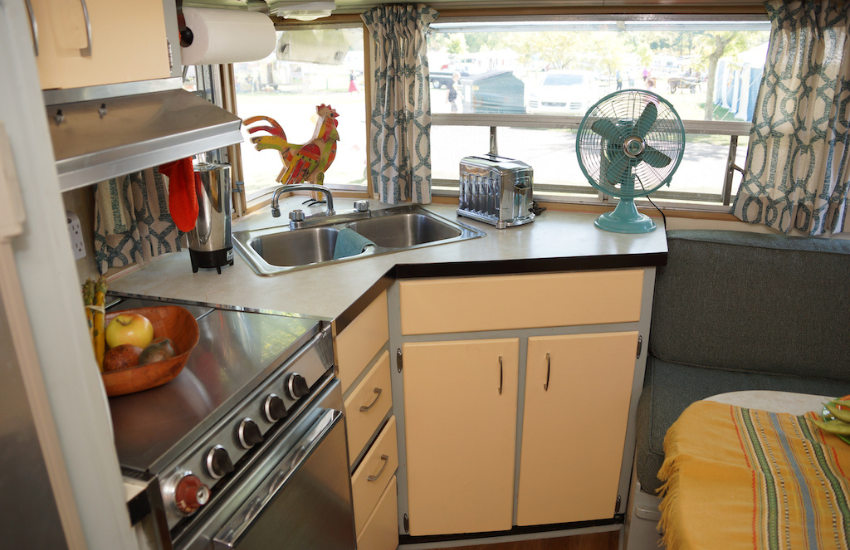
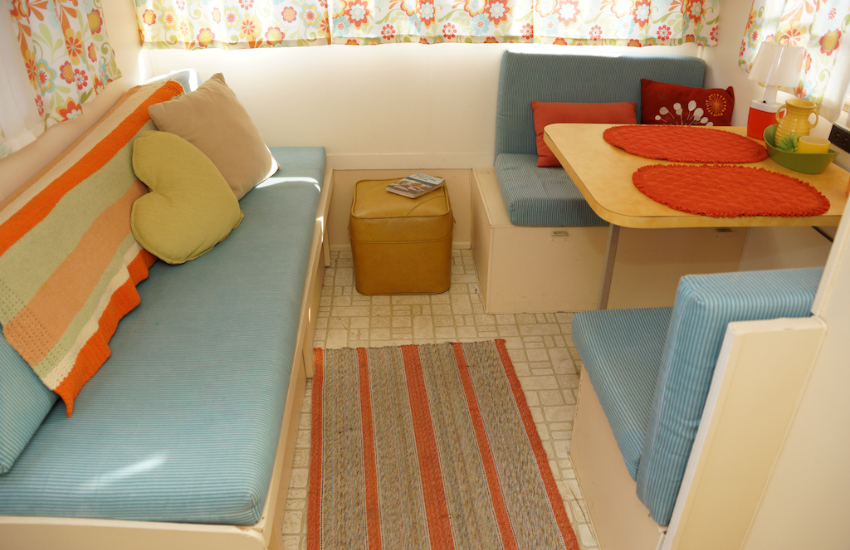
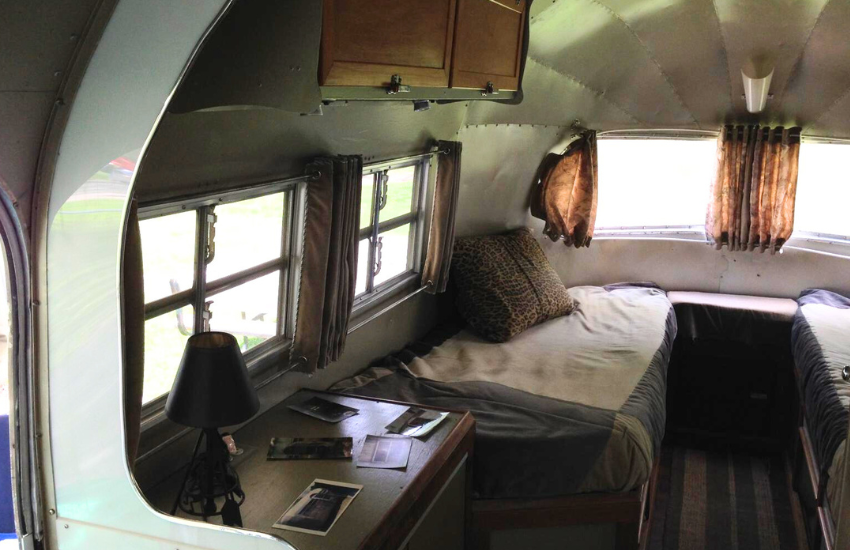
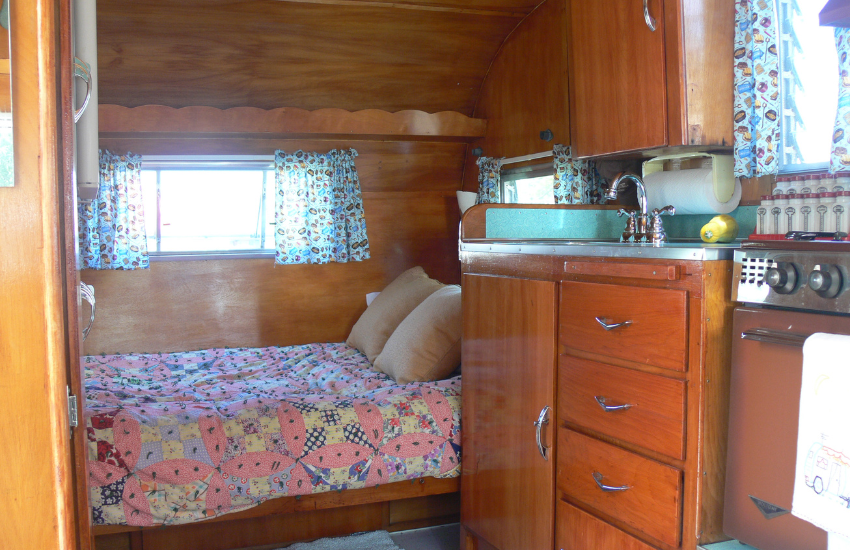
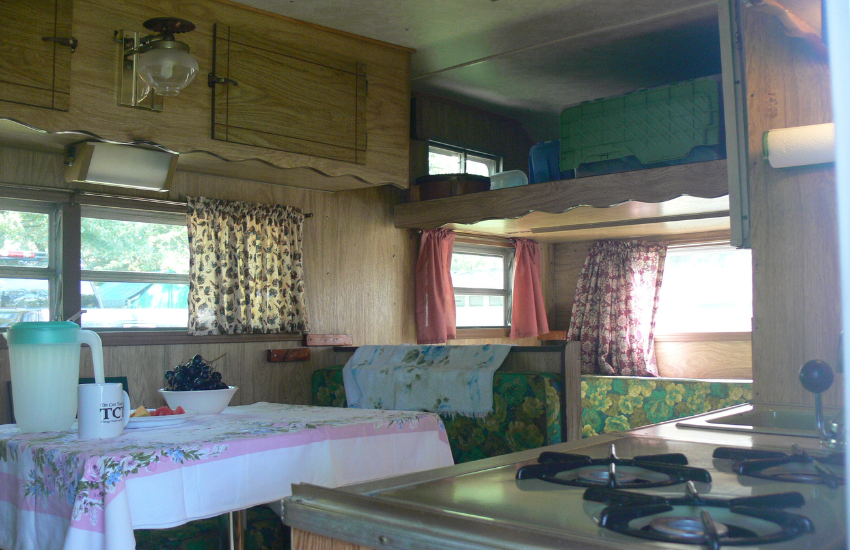
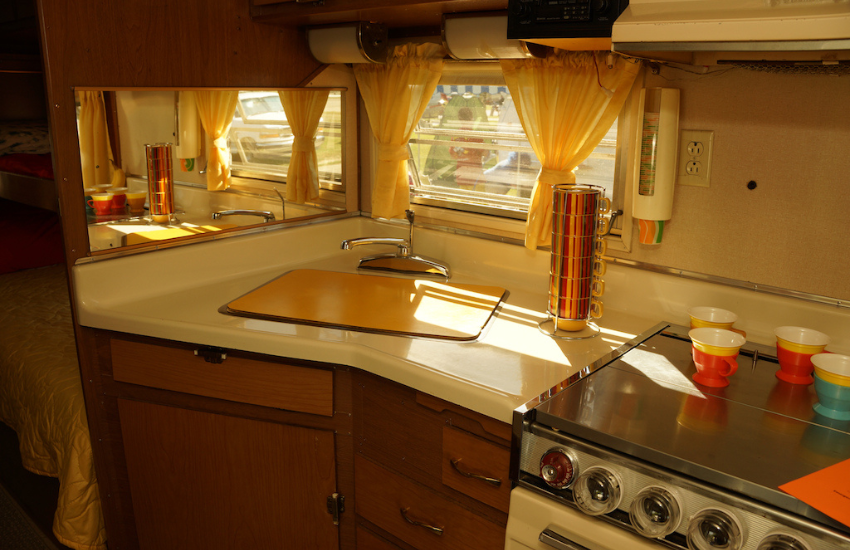
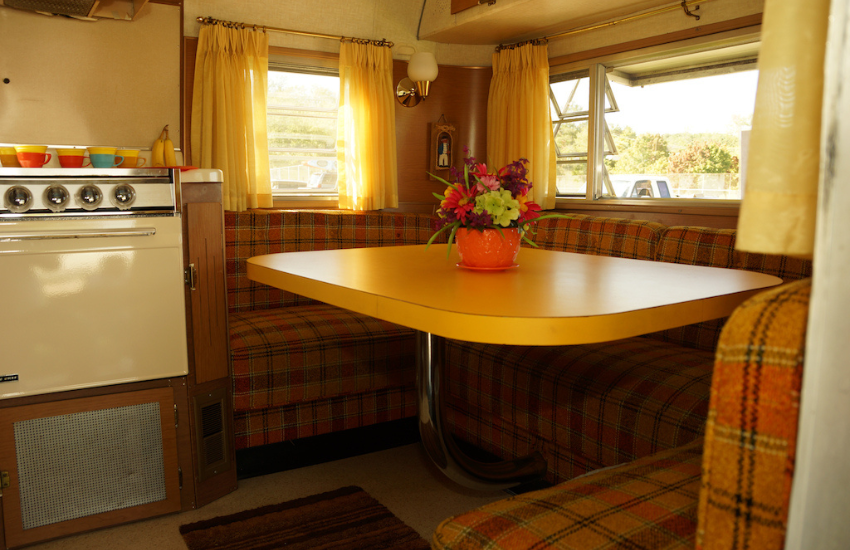
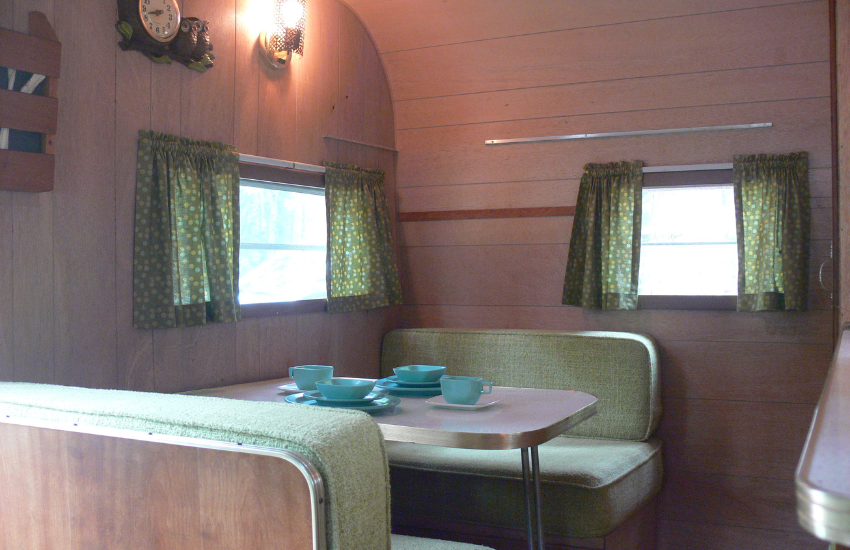
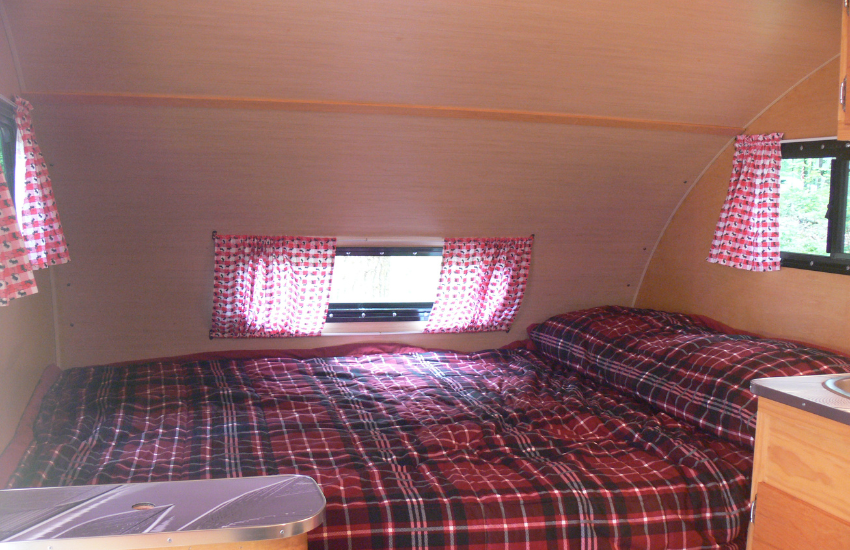
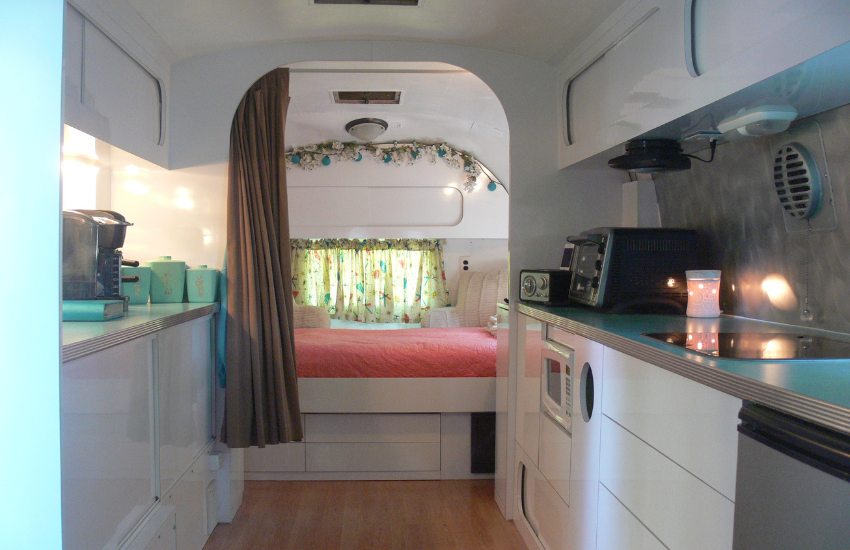
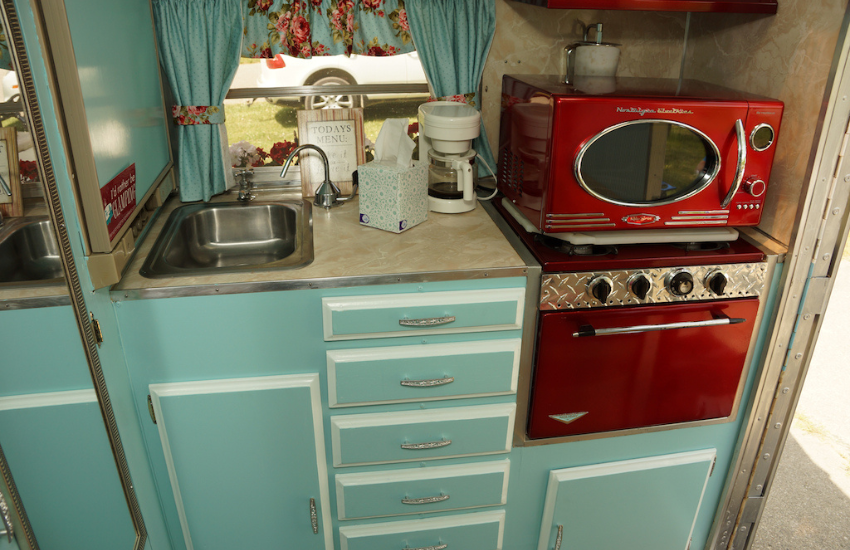
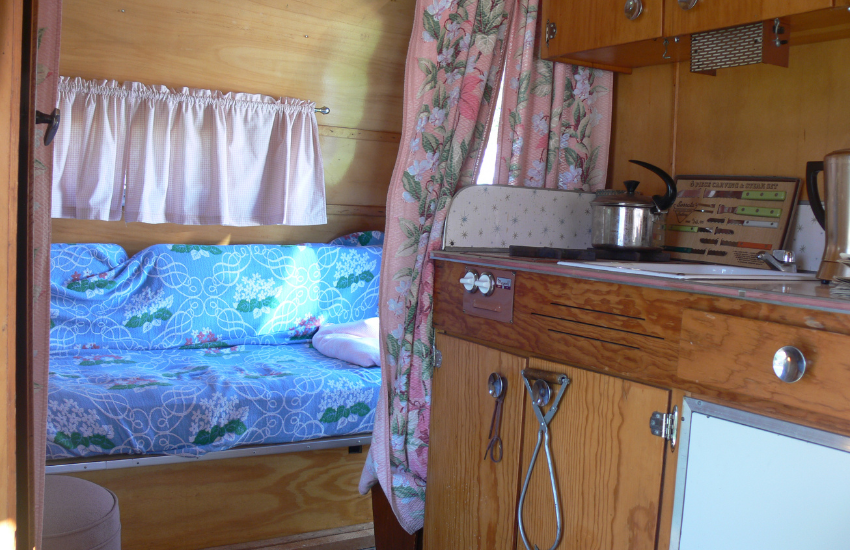
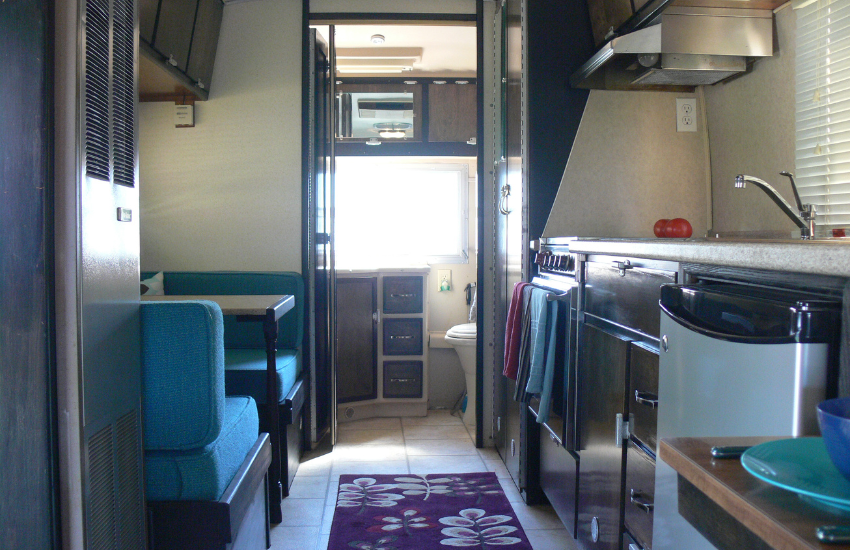
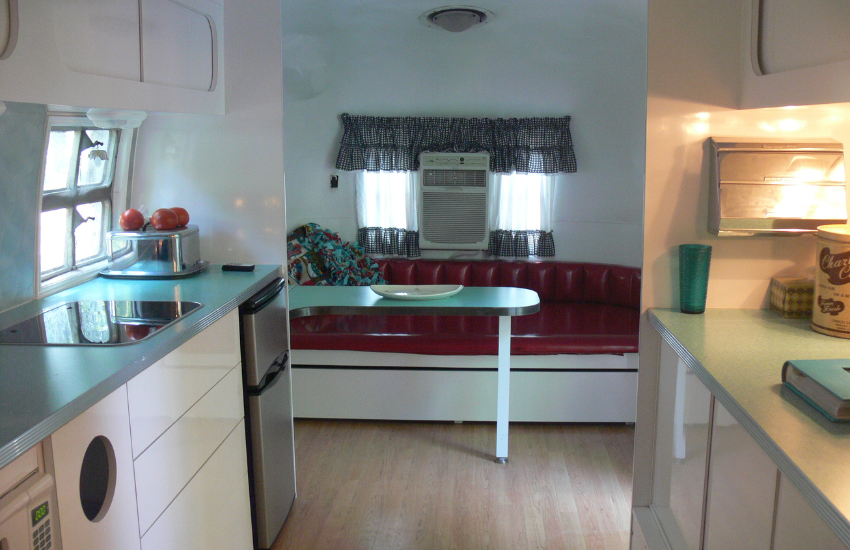
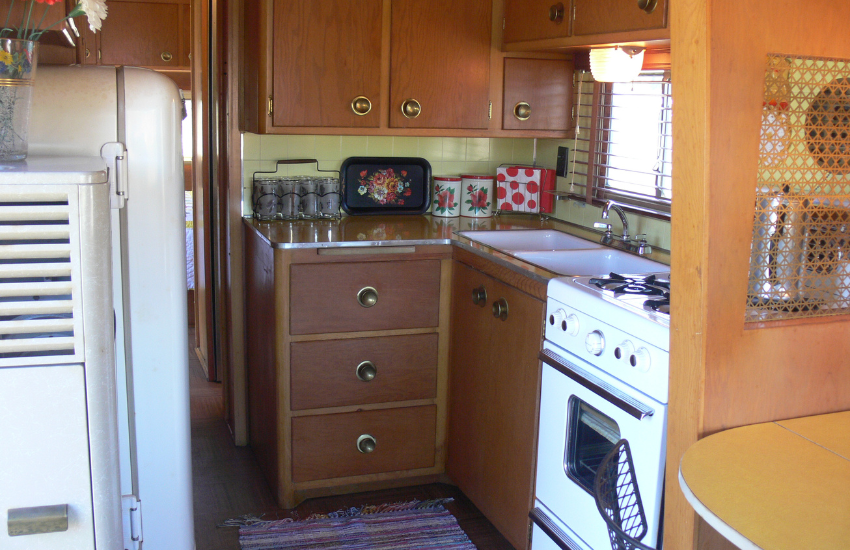
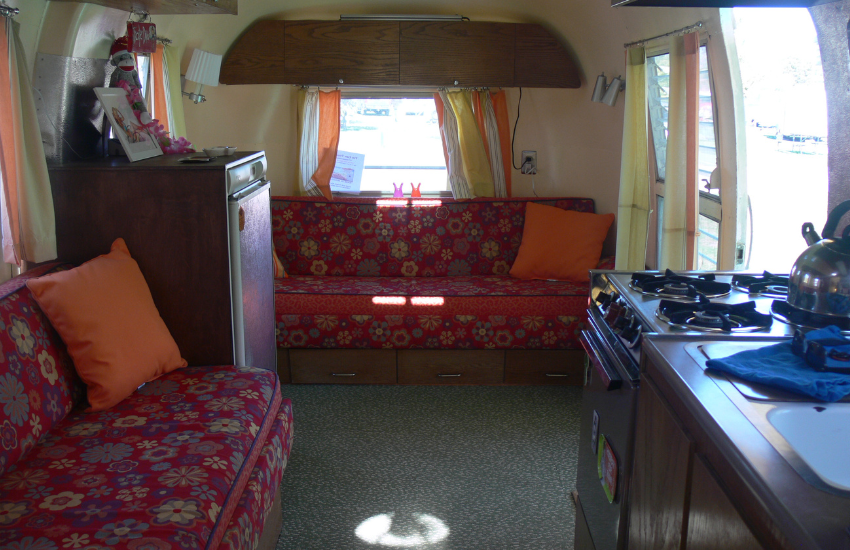
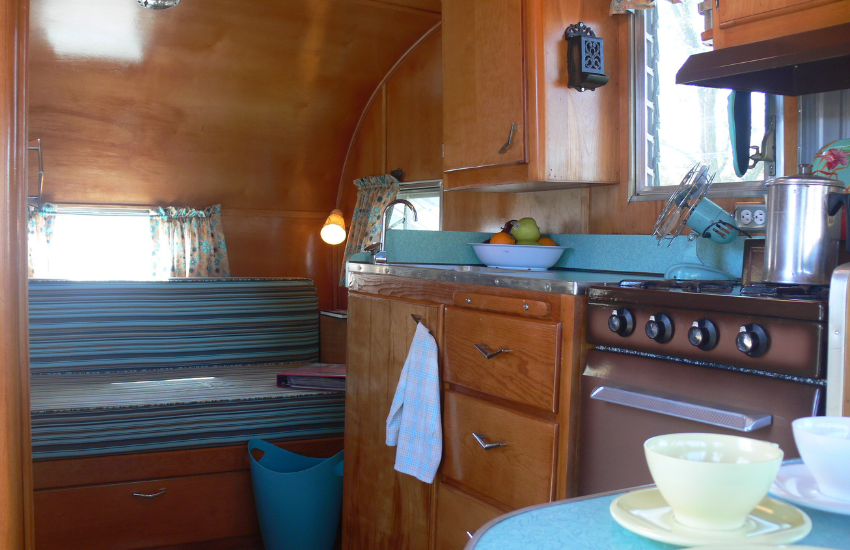
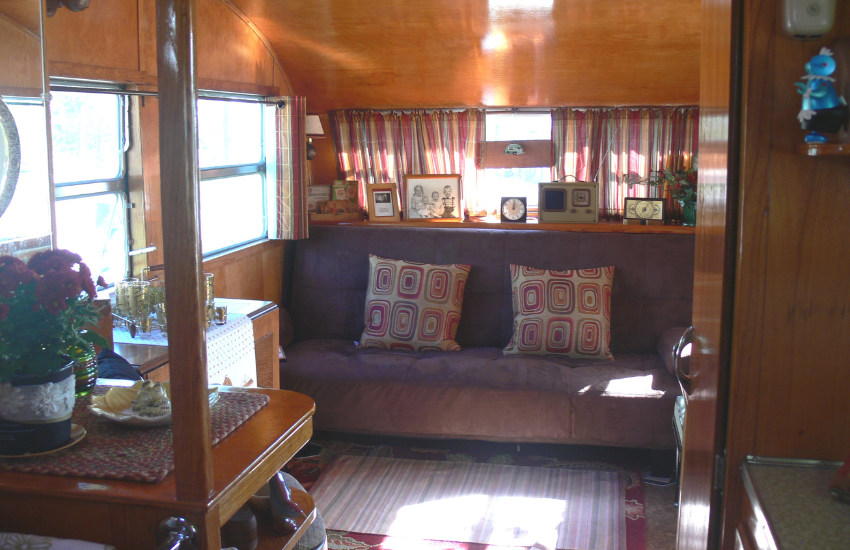
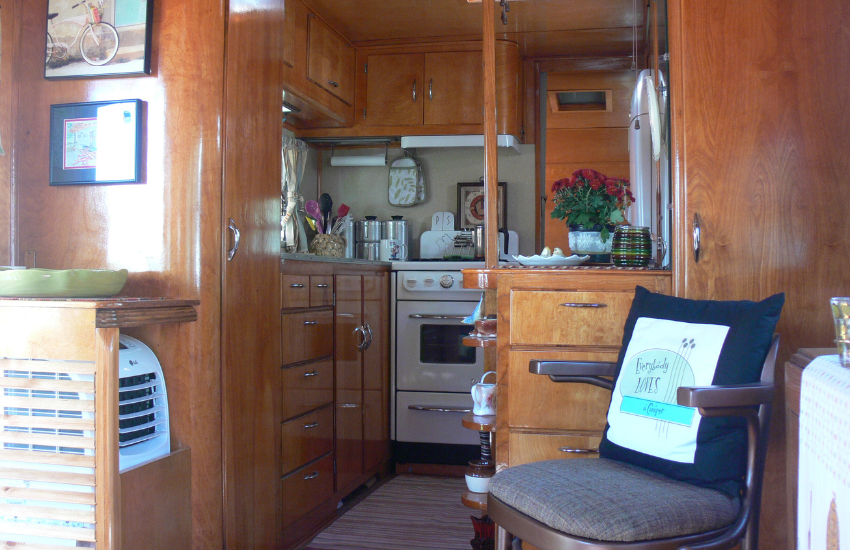
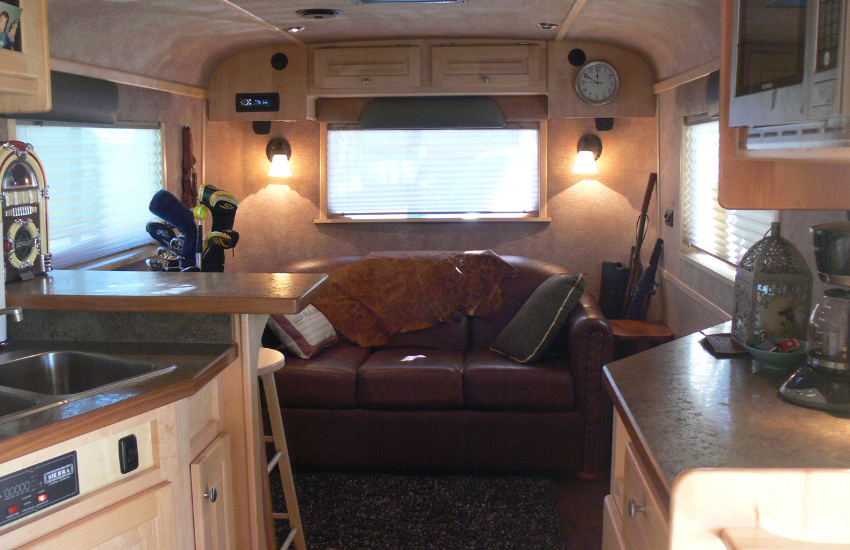
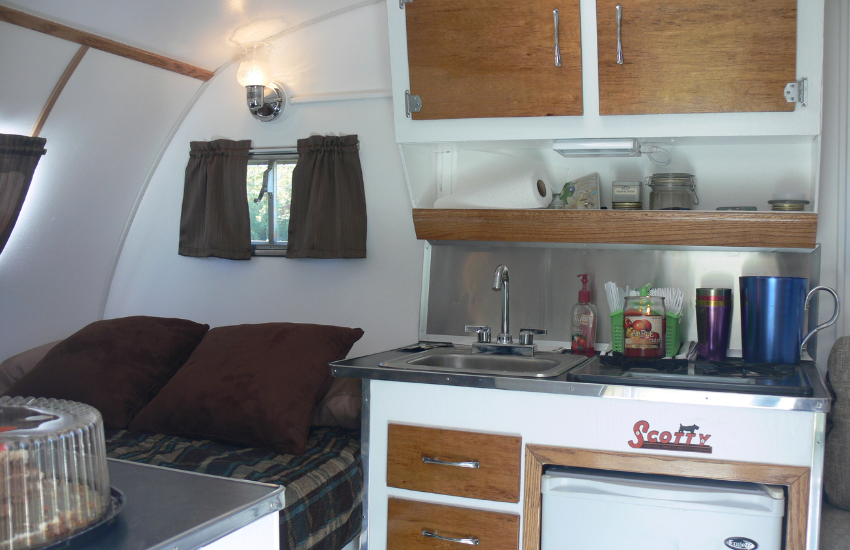
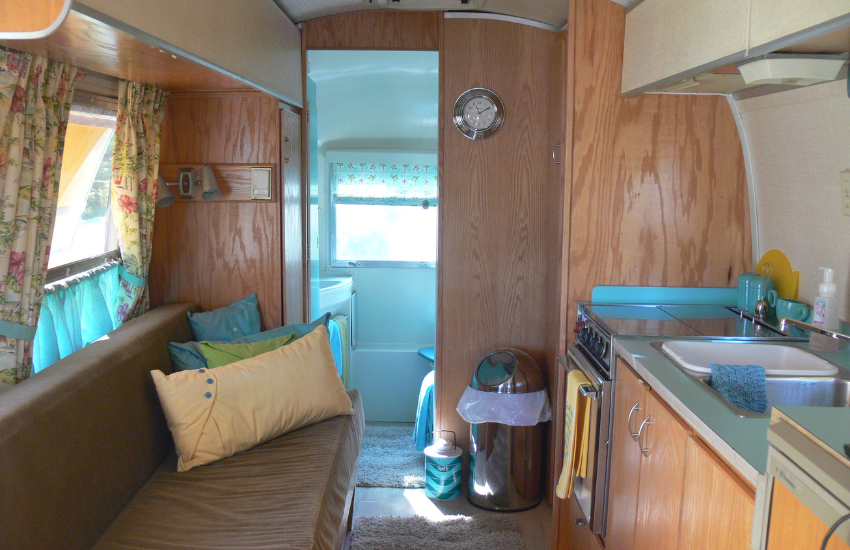


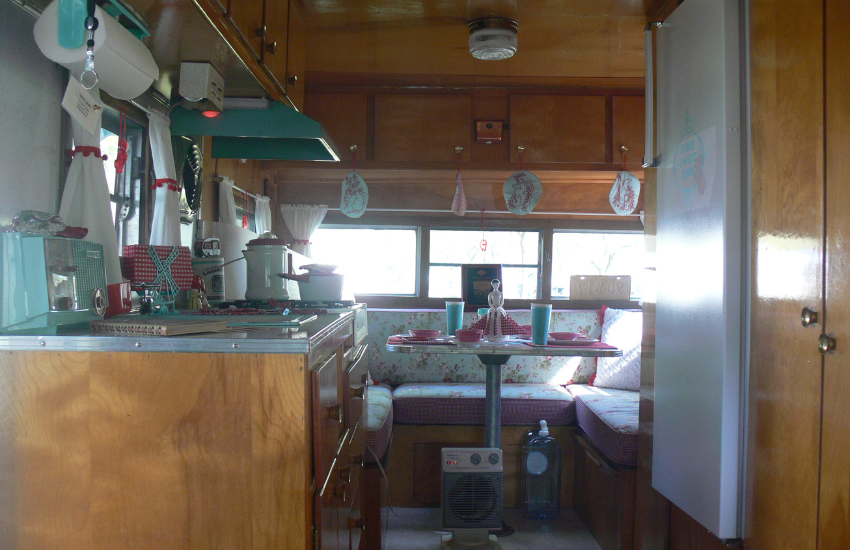

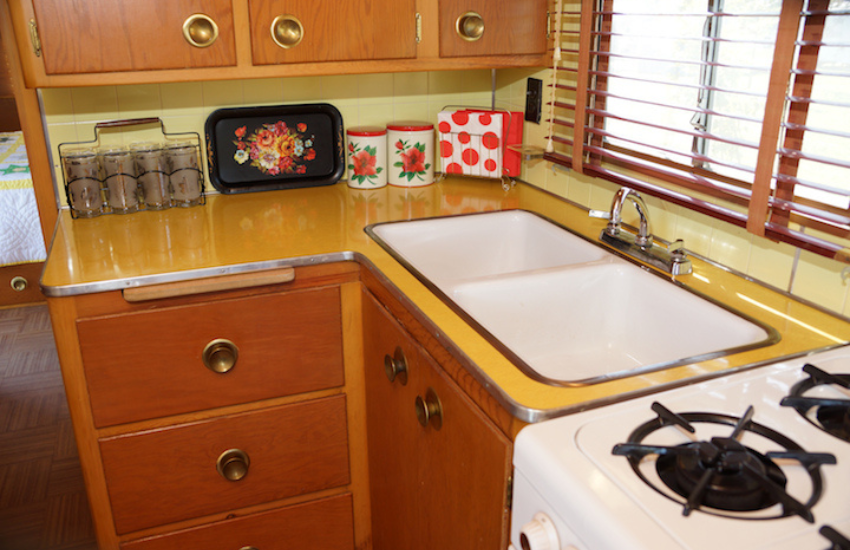
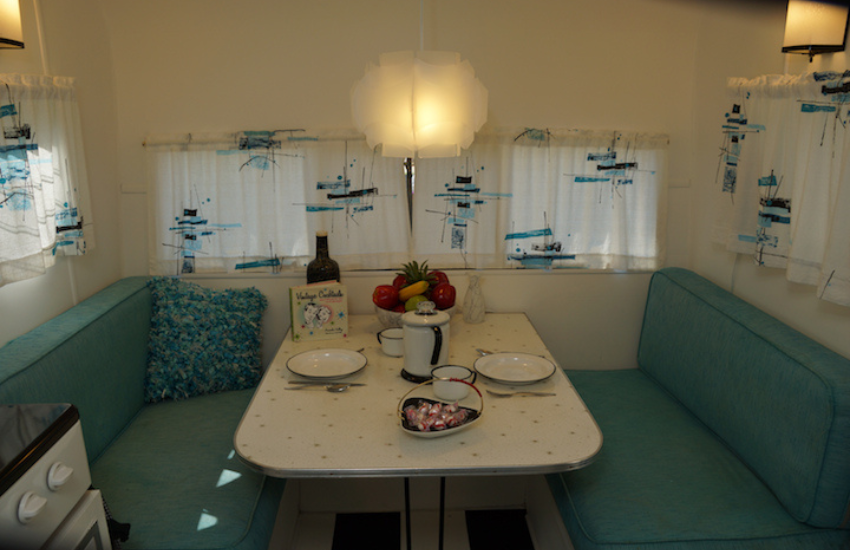
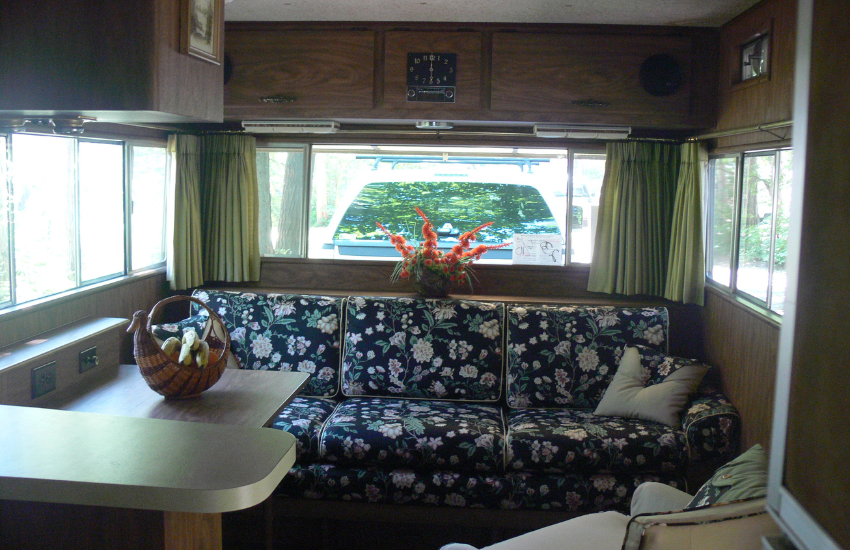
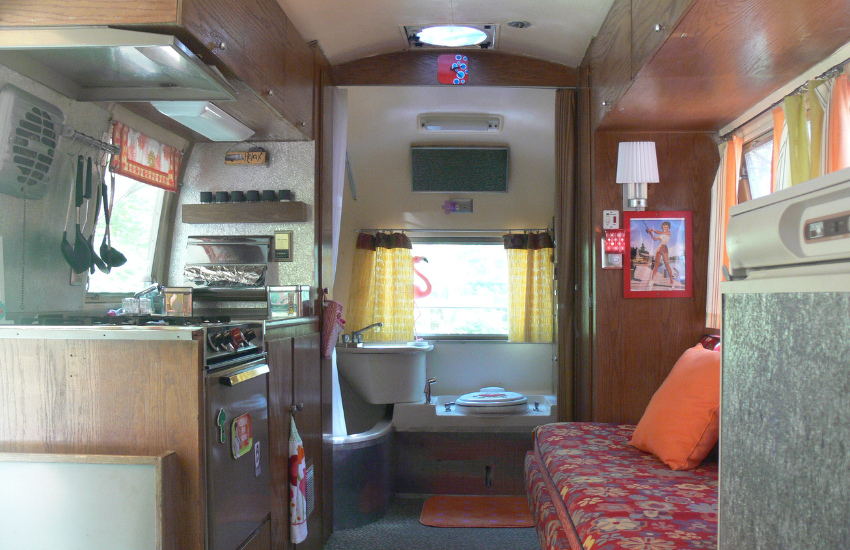
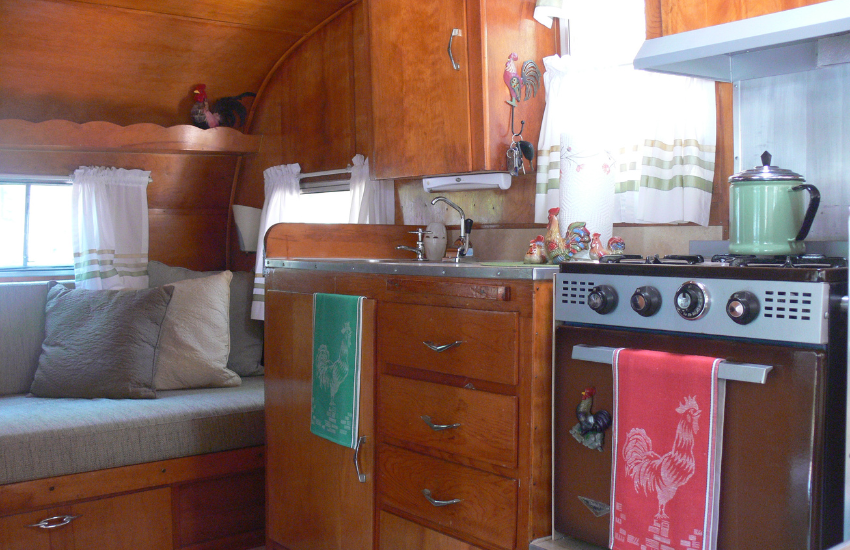
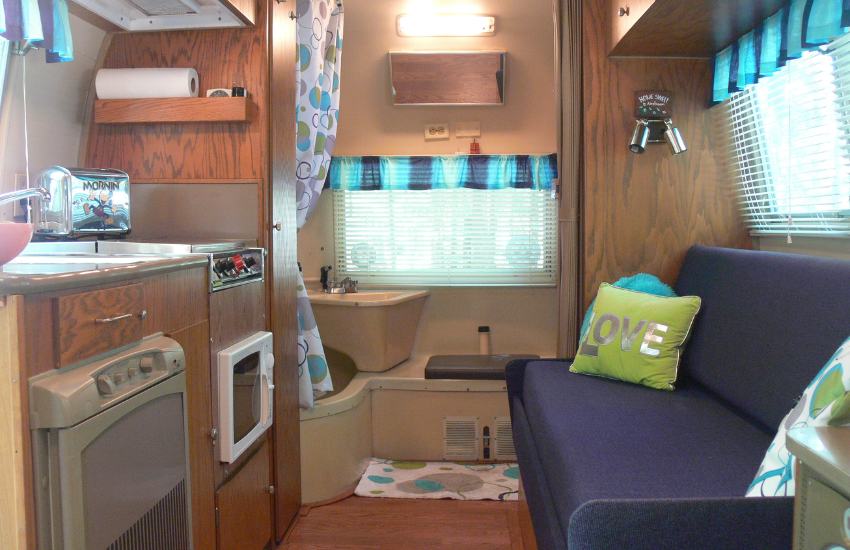
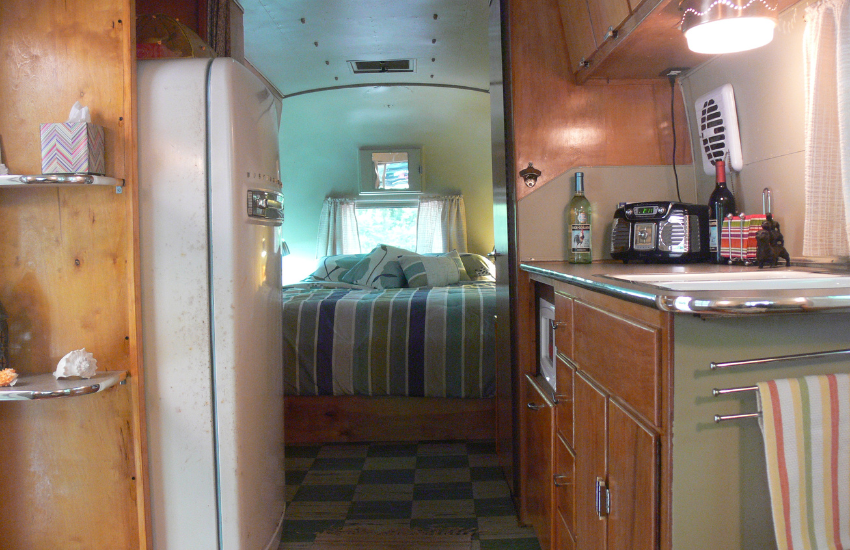
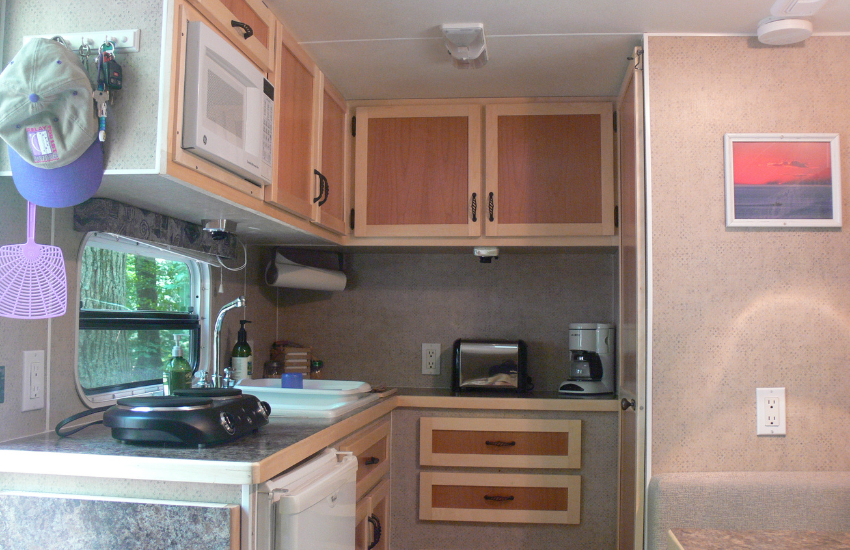
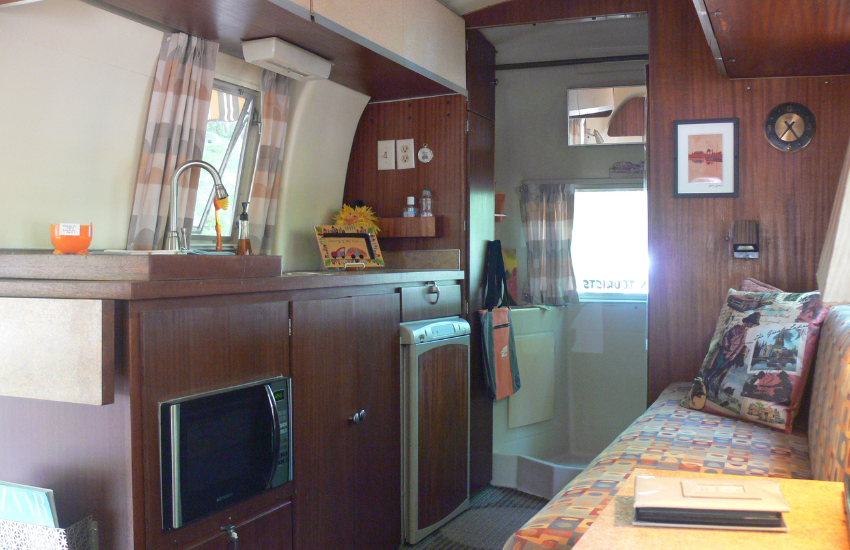


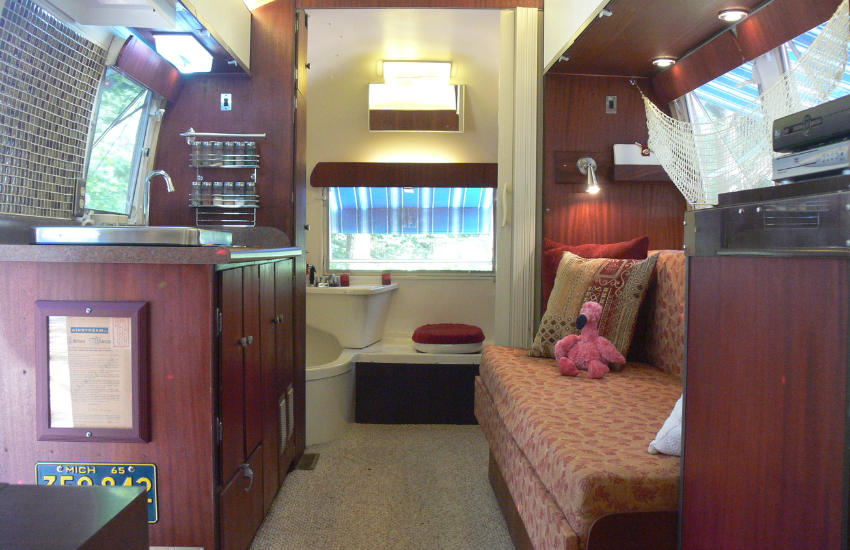
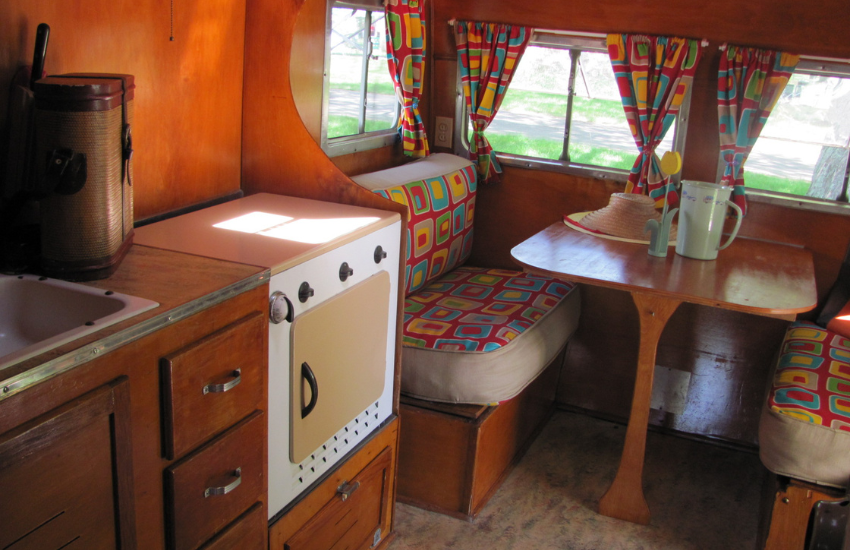
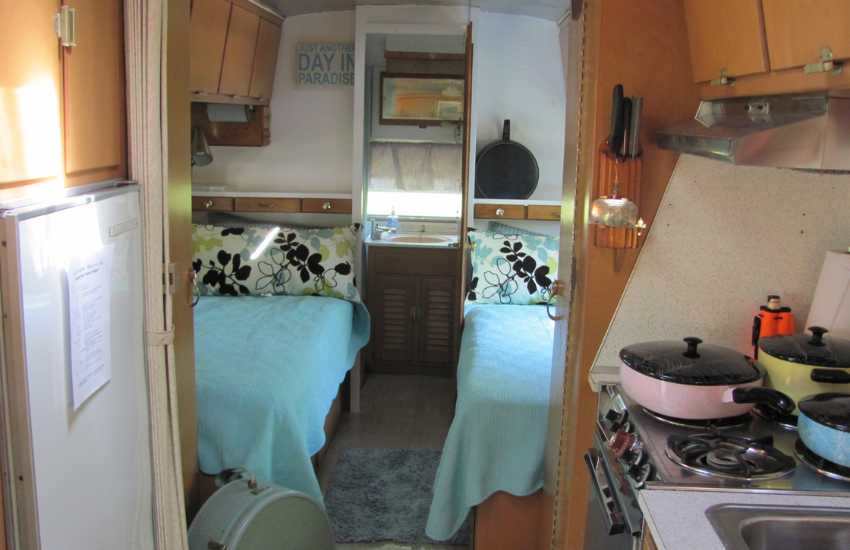
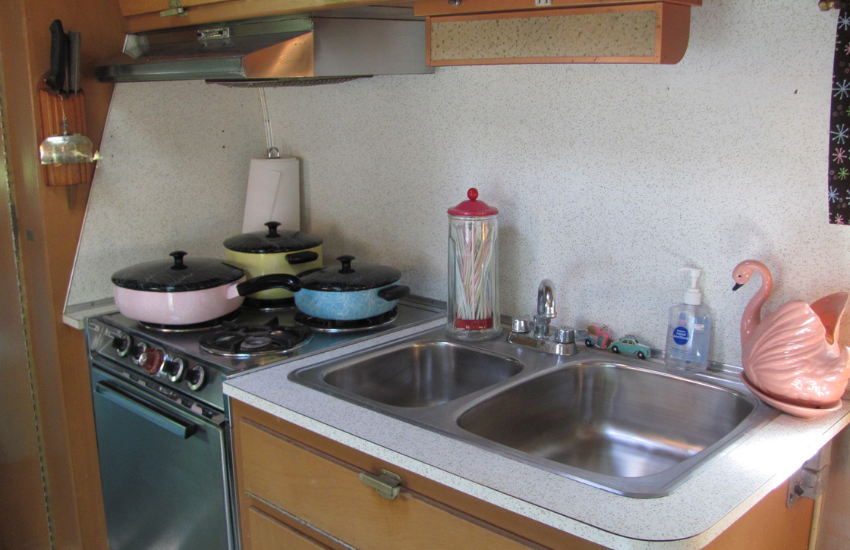
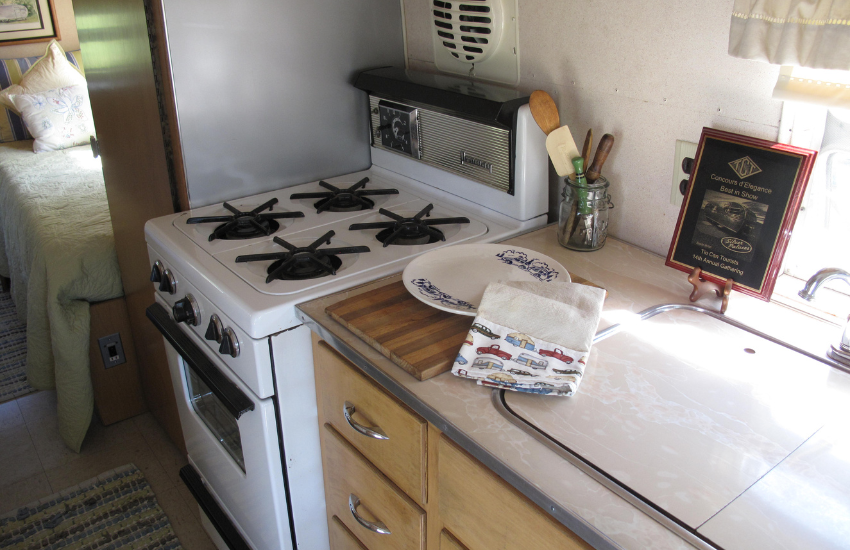
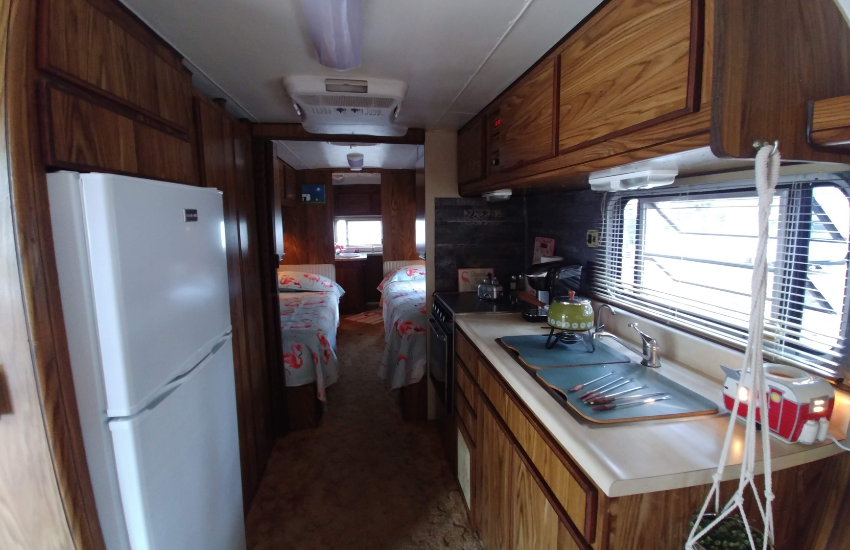
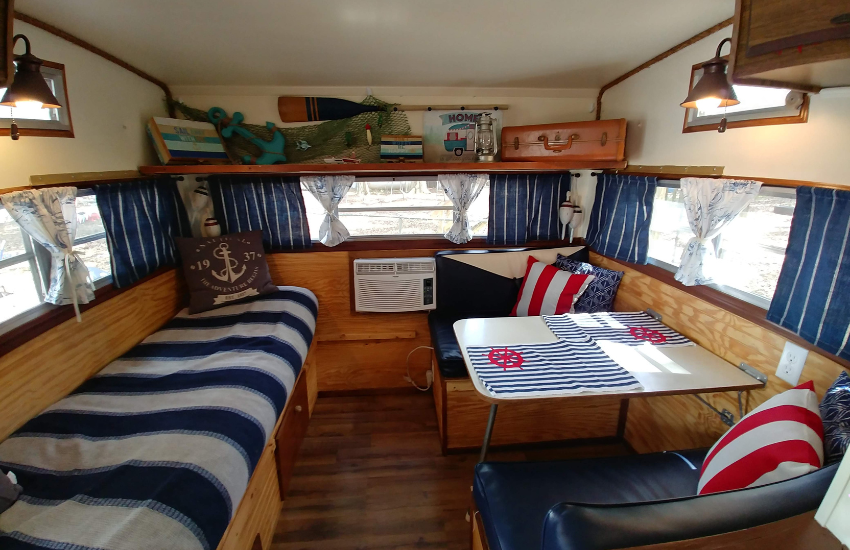
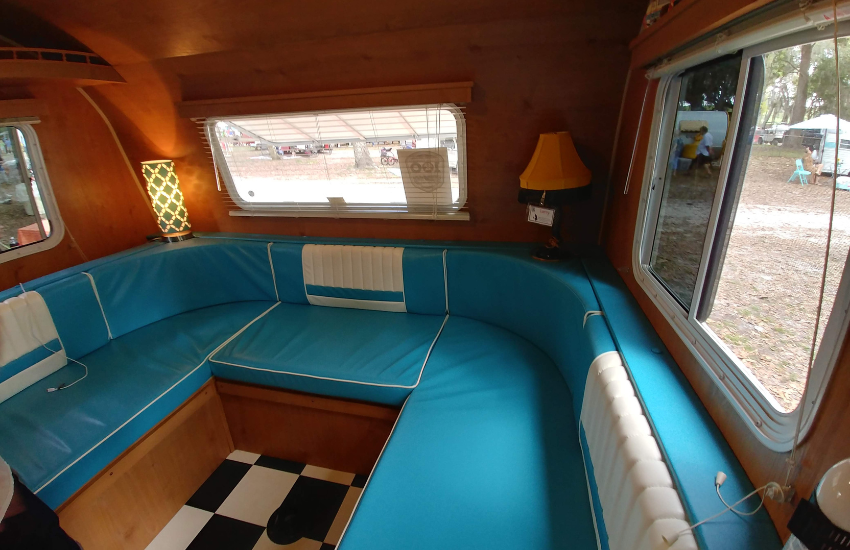
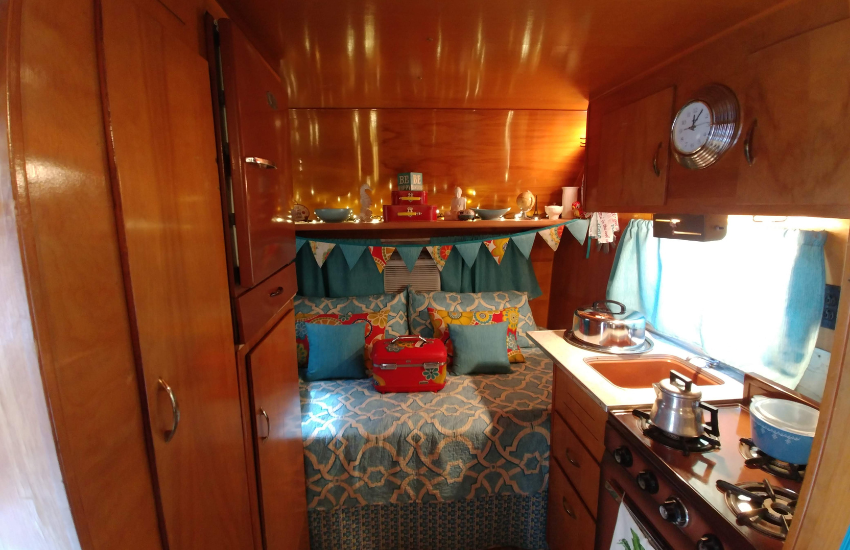

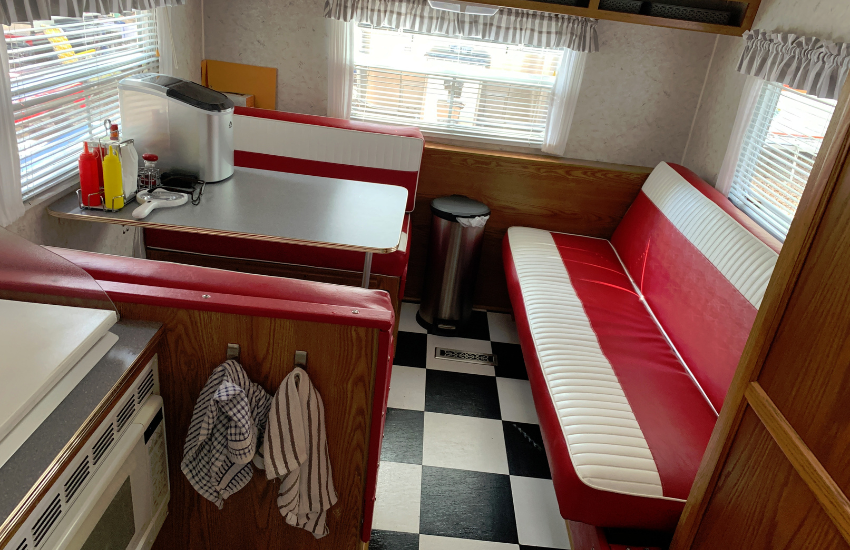
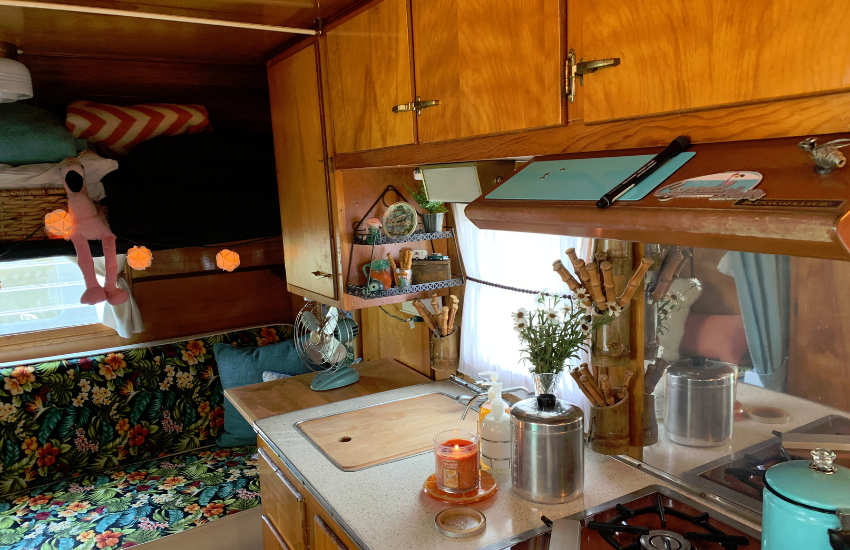
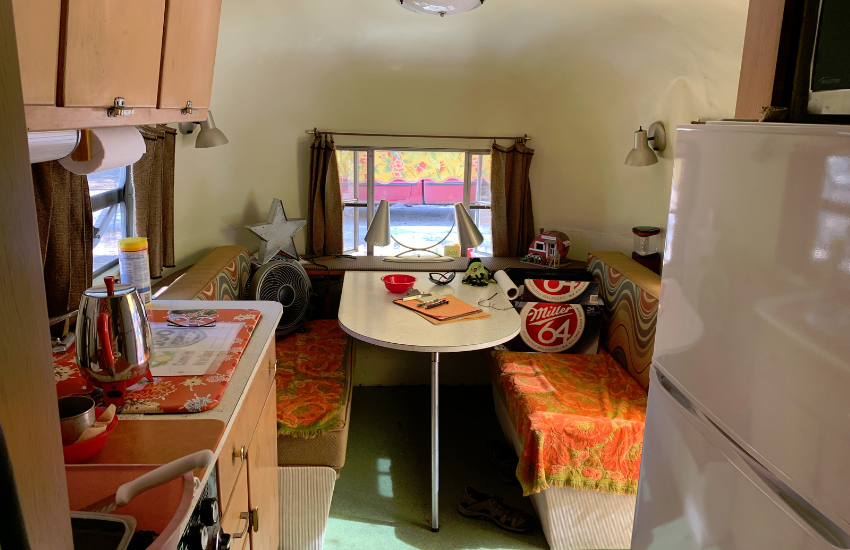
Tin Can Tourists
If you’re interested in vintage RV trailers you may have come across the Tin Can Tourists.
Formed in 1919, this club pioneered RV culture as we know it today. It was made up of adventurous folks who traveled and camped in their often homemade trailers.
The nickname comes from the appearance of the early RV campers and the tinned food often taken on camping trips.
These folks were (and still are) more than just enthusiastic road trippers, they were part of a cultural movement that embraced freedom, life on the road and community.
The Tin Can Tourists helped make car camping the norm, and paved the way for today’s RVing lifestyle.
The club disbanded in the 1970’s but made a comeback in the late 1990’s and remains hugely popular today, showcasing vintage RV campers and the true spirit of the open road.
If you’re into vintage RVs of any kind, then these are your people.
These folks really know how to roll.
Tin Can Tourists – Vintage RV Club
The Design & Build of Retro RV Interiors
Vintage camper interiors, from the 1910s – 1950s, were made to be compact, but functional, using lightweight materials.
Available Materials
Wood – The main material in vintage camper trailers. Birch, oak, and pine were used for cabinetry, framing, and wall paneling.
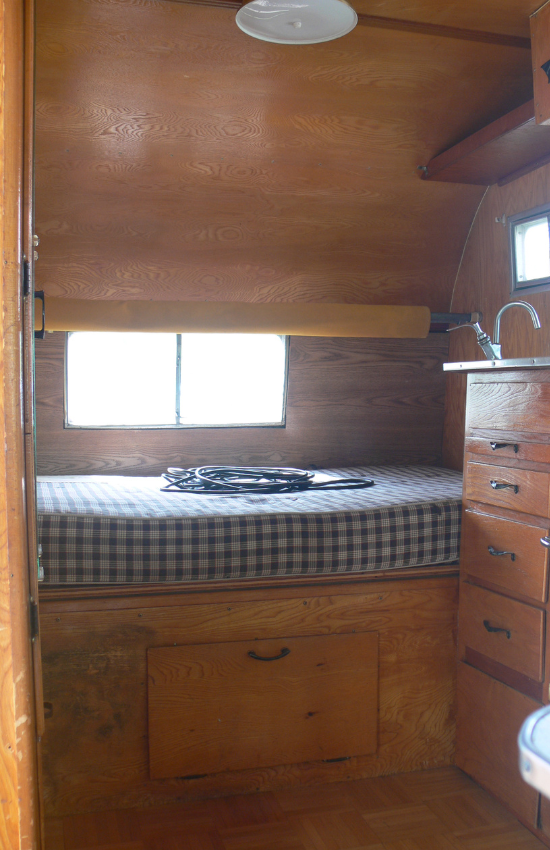
Canvas or tin roofs – Sometimes used in the earliest models.
Masonite and plywood – Popular for walls and furniture.
Metal skins – (Aluminum and steel) became more common in the 1930s and 40s for exterior walls, especially in high end models like Spartan and Airstream.
Layouts and Features
Retro RV interiors were designed to maximize every bit of space.
Built in cabinetry – Simple drawers and shelves, often handcrafted.
Galley kitchens – Small but functional, with hand pumps for water, iceboxes, and small stoves.
No bathrooms – Before the 1950’s, most vintage campers used any available campground facilities.
Build Quality Over Comfort
Vintage camper interiors had a cabin like feel, with natural wood and handmade fittings.
There was no insulation to speak of, so vintage RVs were best used for fair weather outings.
Upholstery was basic, oilcloth, vinyl, or fabric over cotton padding.
The Influence of Airstream
Airstream revolutionized vintage camper construction with their aircraft style design.
The streamlined design of the riveted aluminum walls carried on in the internal design of the trailer. Curved built in cabinets were fitted using aircraft grade aluminum.
Every inch of space was used with hidden compartments and foldaway gadgets.
1950s Optimism

By the ‘50s, RV interiors were showing lots of post war optimism.
Pastel colored appliances – Turquoise, pink and butter yellow.
Checkerboard flooring – Formica countertops, and chrome trimmed cabinets.
Propane – For stoves and lighting became common.
Electric lighting and water pumps – Started to appear in mid to high end models.
A (Brief) History of American RV Campers
American RVs first started appearing in the early 1900’s, and most would consider the Pierce Arrow Touring Landau as the first production “motorhome”, which made its debut at the Madison Square Garden auto show in 1910. Around 14 are known to survive today.
The Beginning of Camper Trailers
About the same sort of time, small companies like Los Angeles Trailer Works and Auto Kamp Trailers started building “auto campers”, trailers designed to be towed behind early cars. Pretty basic in design, this is what became the camper trailer and travel trailer market we know today.
“House Cars”
As the roads gradually got better, American folks started experimenting with converting trucks and cars into mobile homes, calling them “house cars”.
The Covered Wagon Company (founded in 1929) started mass production of travel trailers.
The Birth of Airstream
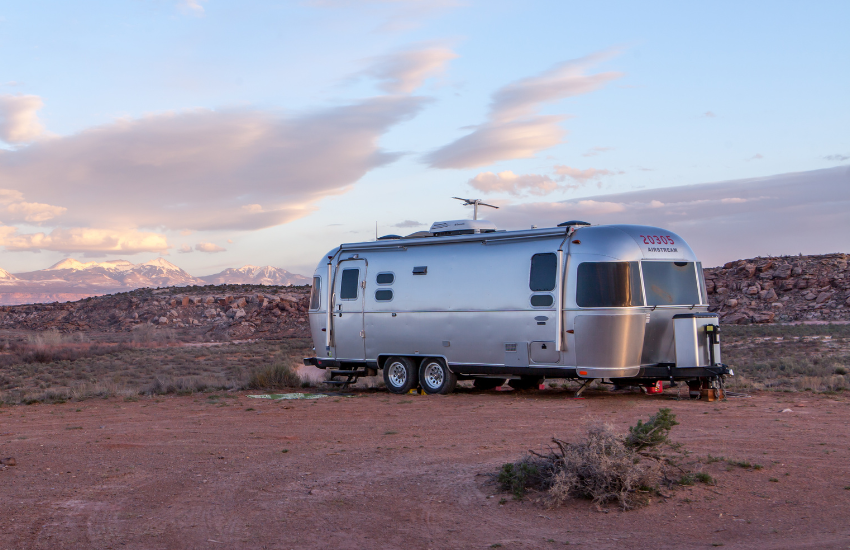
In 1931, Wally Byam founded Airstream. As we all know, His super sleek, futuristic (for the time) aluminum trailers became the iconic American brand that they are today.
The 1940’s
During the 1940s, World War ll slowed down the production of travel trailers and RVs significantly, but a few companies still continued to build lightweight wooden trailers, mostly for military use.
Popular brands from the 1940s:
Curtiss Aerocar – Known for its aircraft inspired design.
Schult Trailer Coach – One of the earliest mass producers of vintage RV trailers.
1950s: The Golden Age of Travel Trailers
After the war was over, the American people were looking for freedom and leisure time. Cue the age of the travel trailer.
An economic boom meant families wanted to travel further and for longer. This became the golden age of RV travel.
Popular RV brands from the 1950s:
Shasta – Known for its “wings” and colorful designs, much loved today.
Airstream – The iconic American symbol of style and freedom.
Spartan – Made by the Spartan Aircraft Company, these were high end, aircraft style trailers.
Aladdin – Made in the northwest U.S., trailers with beautiful woodwork.
1960’s Innovation
As RV camping grew more popular, so did the variety of RVs. From teardrop campers to huge motorhomes. People wanted more comfort, and RV manufacturers designed better liveable layouts and super stylish interiors.
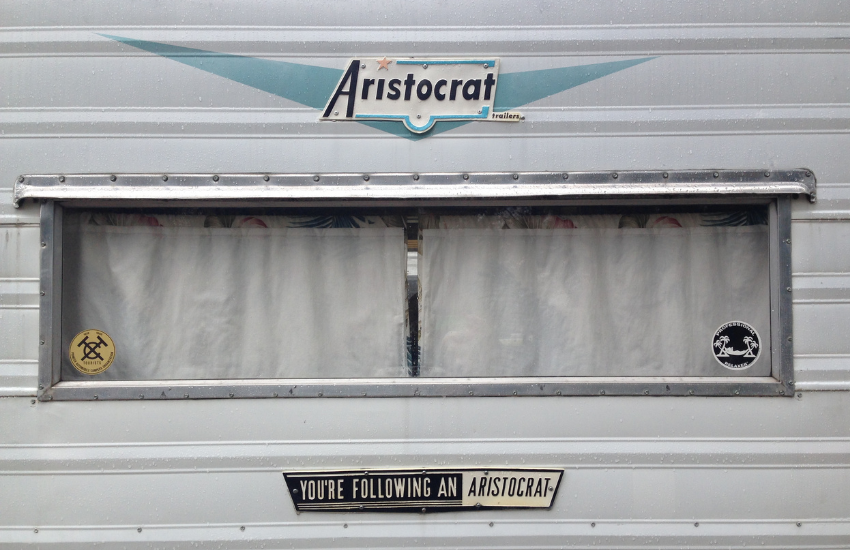
Popular RV brands from the 1960s:
Winnebago – Started in 1966, the Winnebago motorhome revolutionized RV travel.
Aristocrat– Best selling RV camper trailer.
Scotty (Serro Scotty) – Small and charming retro RV camper.
Coachmen – Founded in 1964 and still making RV campers today.
Avion – Another aluminum classic, often compared to Airstream.
1970s: The Home Away From Home
By the 1970s, RV campers had become fully equipped, self contained homes on wheels. Slide outs, fully fitted bathrooms and kitchens were the norm.
Popular RV brands from the 1970s:
Fleetwood – Still one of the top names in camper trailers and motorhomes.
Chinook – Small motorhomes with a big fan base.
Vagabond – Makers of stylish travel trailers.
Revcon – A rare, all aluminum motorhome.
Vintage camper interiors were about style and ingenuity.
Their simple construction and charm are the reason why vintage RVs are so loved and collectible today.
The spirit of American campers is more than 100 years of innovation, wanderlust, and our love affair with the open road.
